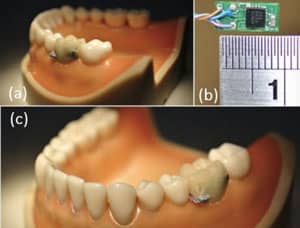:DentalPlans™ has launched a resource center to help consumers and businesses navigate the Affordable Care Act’s (ACA) impact on dental coverage.
While the ACA now requires individuals to have health insurance, dental coverage is not required.
The resource center—designed to help users navigate the law and find affordable alternatives—details how the ACA affects dental coverage for adults, families, children, seniors, self-employed people, and small businesses. It also provides information on the importance of dental care to a person’s overall health, the latest news on the ACA, a :DentalPlans ACA blog, FAQ section, links to outside resources, and information on dental savings plans
Bill Chase, vice president of marketing for :DentalPlans, says, “We found that during the last enrollment process people were coming to us with a lot of questions. They didn’t know if they did or did not have dental coverage and what, if any, additional benefits they may have needed. We were flooded with calls from people that were concerned. We want our customers to know that someone has the answers.”
“Many Americans cannot afford the cost of a stand-alone dental insurance policy on top of buying their health insurance plan,” Chase adds. “Only 14% of the federal exchange enrollees opted to purchase stand-alone dental insurance through the exchange, according to the US Department of Health and Human Services. This is unfortunate, since research continually shows that the health of your teeth and gums has an impact on your overall health.”
A recent report from the nonprofit National Academy for State Health Policy recommends that state and federal policymakers should take steps to make dental benefits less costly and more widely available under the ACA. It further states that while oral health advocates were heartened to see pediatric dental benefits included among the health reform law’s Essential Health Benefits (EHB) for children up to 19, the task of making them available on state marketplaces and getting consumers to buy them has proven complicated. Dental benefits have traditionally been sold separately from other types of health insurance, and the ACA and subsequent federal guidance treat pediatric dental benefits differently from the other EHB categories, “creating unique challenges in implementing the vision of a guaranteed pediatric dental benefit,” the report concludes.


